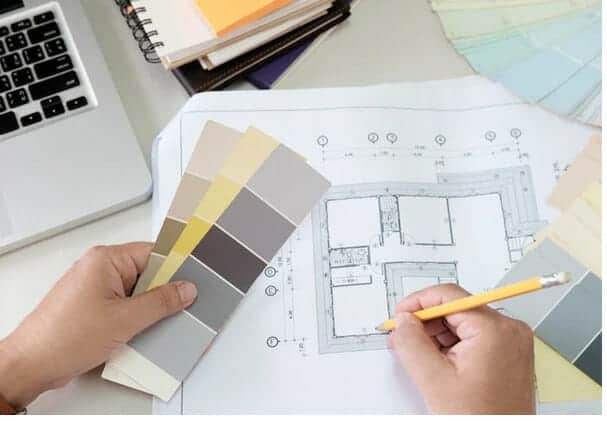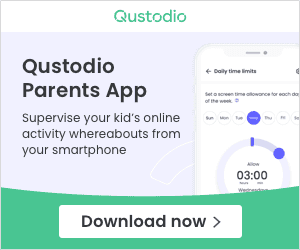Contactless experience, design ethics, algorithmic design, and other trends for the next year. We understand non-visual trends that product designers should pay attention to. Many product design technologies are actively used on various online platforms.
1. Ethical Design, Personal Data, and Privacy
Digital design is becoming a more mature profession. And more and more designers are asking questions of ethics. They discuss not using “dark” design tricks and reflect on user privacy.
The relevance of the topic of user personal data is also growing. Do we — designers, and developers — need this data? Without this information, will we be able to provide our service and provide a cool user experience?
Apple is actively promoting the topic of privacy. The Sign in with Apple technology allows you to hide your real mail during registration, and the Privacy report in the Safari browser shows which tracking systems collect data on the site.
2. Artificial Intelligence and Personalization
Artificial intelligence is already having a big impact on the user experience. Spotify, Youtube, and Netflix recommendations have become an integral part of these products. And this effect will only increase.
Personalization is becoming one of the key product benefits for content products. For me personally, one of the reasons for switching from Apple Music to Spotify was the cool selections from the latter.
The main purpose of personalization is to provide content and functionality that is tailored to a user’s specific needs or interests without effort from the target users. The system profiles the user and configures the interface according to this profile.
Working with the user’s trust in artificial intelligence and understanding how it works in the product is one of the new challenges for the designer.
3. Visual Customization
More and more products allow users to customize the interface: change the application icon, and colors, or add/remove individual modules.
Don’t rush out and make 20 icon variations for your app, just to give the user a choice. Formulate a goal for such a decision. Think about how it will work on a rational and emotional level. What will be the value of the solution for the user and business?
4. Artificial Intelligence and Design Tools
AI is increasingly used in design tools and helps designers with routine tasks.
For example, Adobe does some pretty interesting things based on neural networks. Recently appeared in Photoshop:
- Replacing the sky in a photo with color correction of the environment.
- Neural network filters based on the Sensei platform: style transfer, colorization of black and white photos, enlargement of small image elements with quality improvement, fog, portrait transformations (you can change emotion, age, head rotation, clean up imperfections).
And Adobe’s 2D Plus helps you create 2D illustrations with depth and perspective. Allows you to automatically arrange objects by distance, and add lighting and shadows.
Neural networks will not soon replace the designer. Many technologies are still crude and can only simplify routine tasks.
5. Contactless Experience
Even in a note about product design trends, it was not possible to do without mentioning COVID-19. Both products and people had to adapt to new realities.
The most obvious consequence of the pandemic is the desire of the user to make as few “touches” as possible with physical objects and people in everyday tasks. For example, do not touch the buttons in the elevator, do not pay in cash, or do not hold meetings in person. Digital products just can satisfy this request for non-contact.
It is not yet clear how sustainable the “non-contact” trend will be, but in a pandemic, this is a reality that needs to be worked with. Designers should rethink the user interaction with products and services and offer new solutions now.
Product designers are in demand all over the world. They are hired to work on anything from developing physical products to designing apps for grocery stores. As of September 2021, there are over 30,000 product designer positions open on LinkedIn in the US; 4200 – in Germany; 6100 – in the UK; 3000 in Canada; 5000 in India. This is only about jobs on LinkedIn!
Depending on experience and industry, in the US, a product designer can earn anywhere from $50,000 to $128,000 per year. A wider range of responsibilities provides additional opportunities. Over the next decade, the demand for product designers in the US is expected to grow by 4%, and they will be in demand in almost any business.







